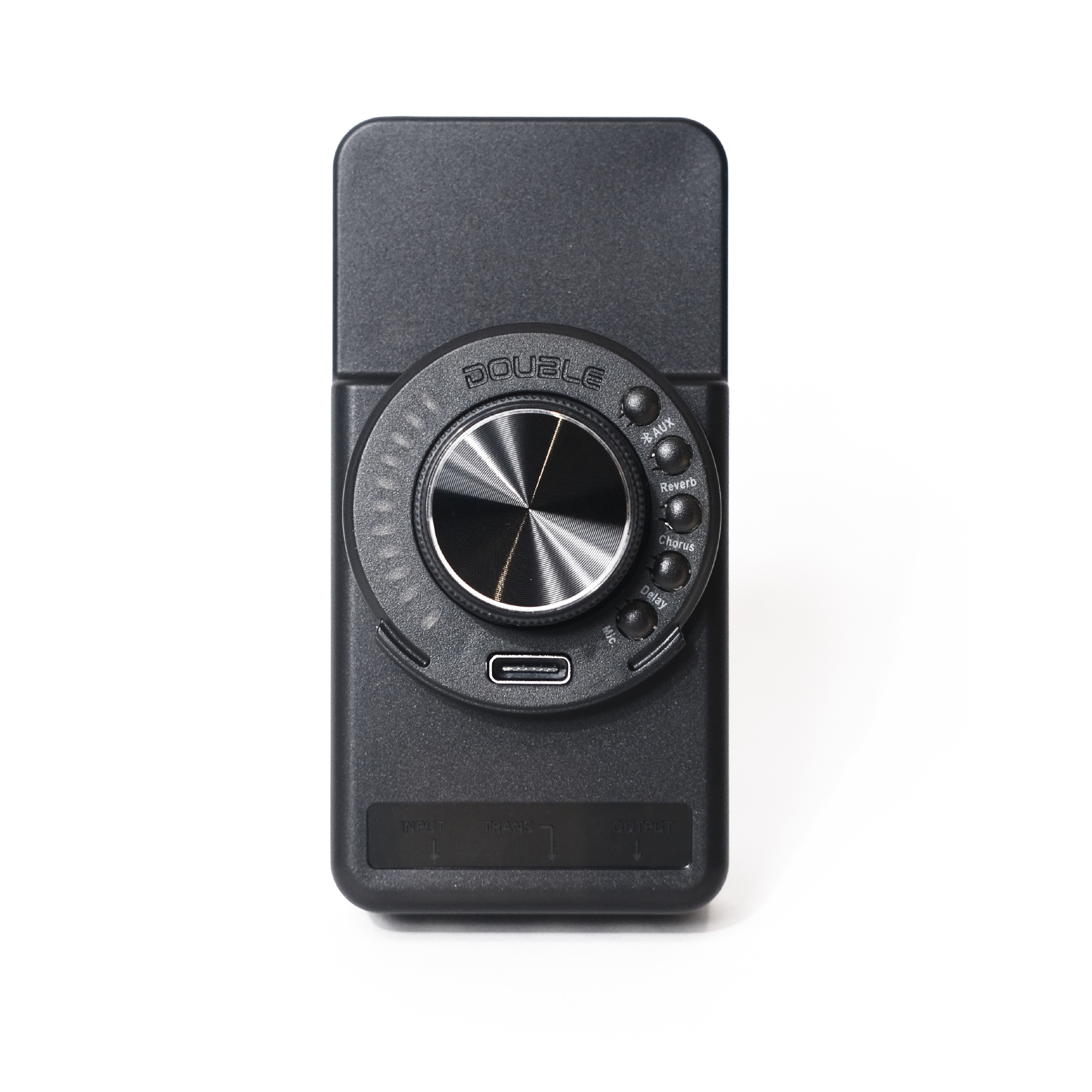
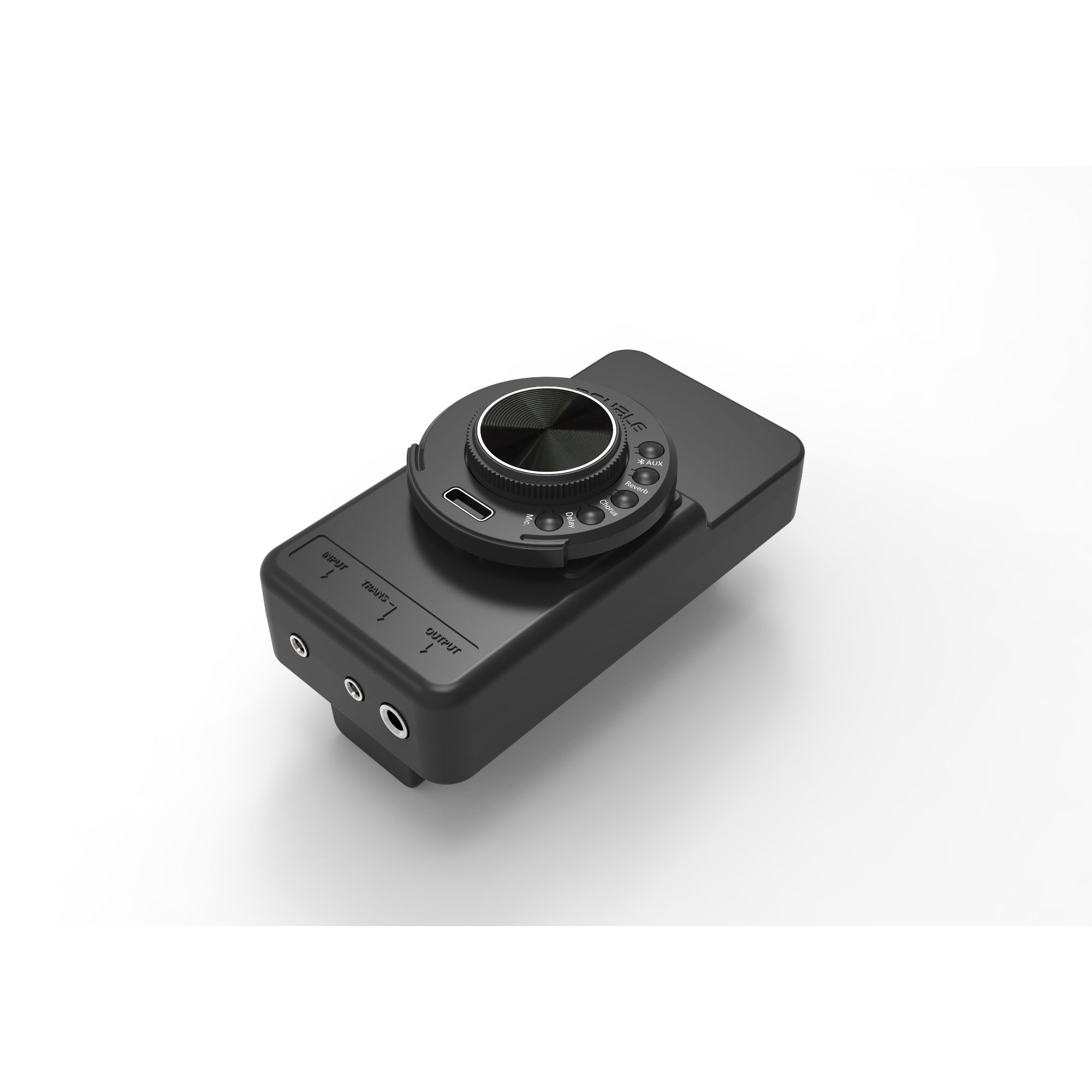

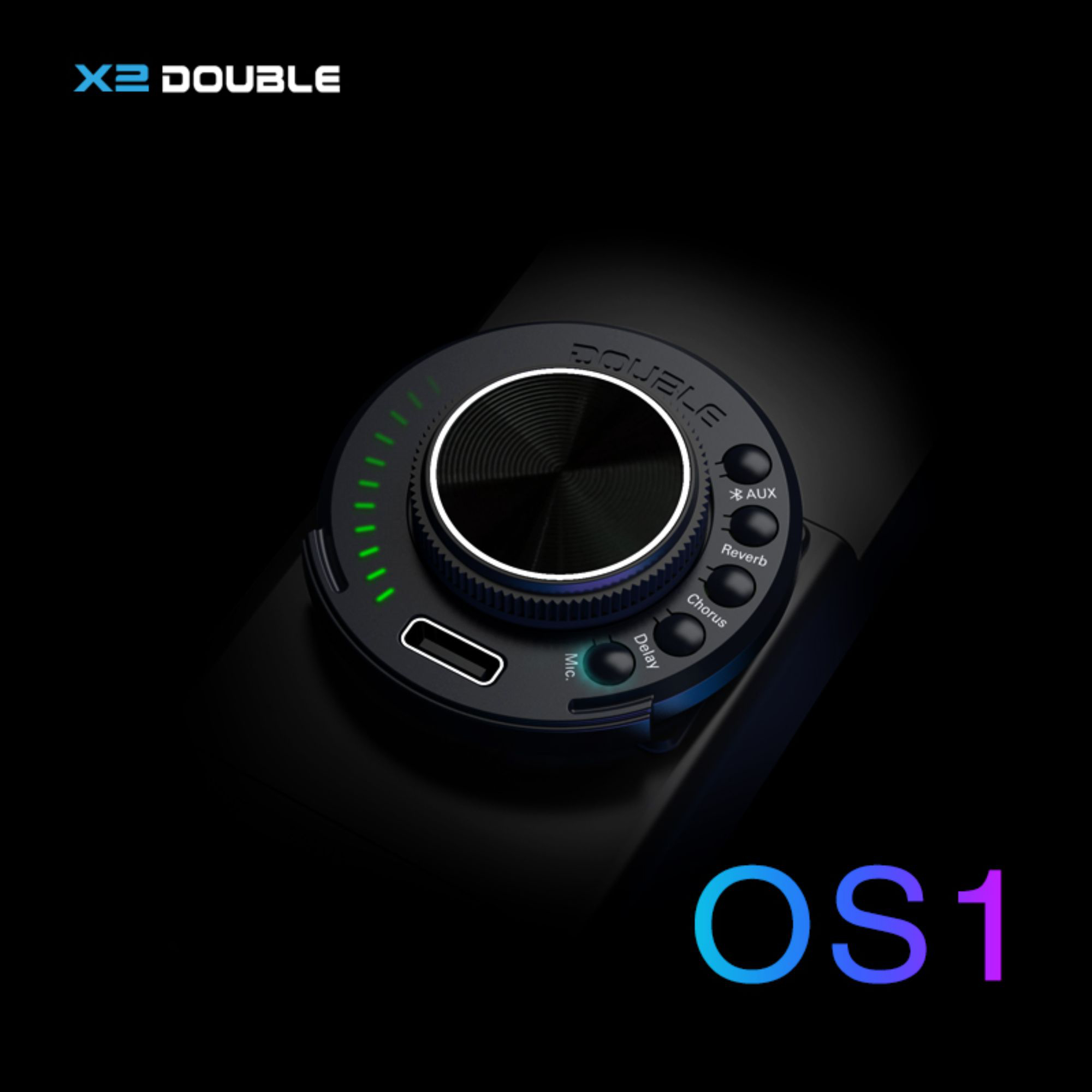

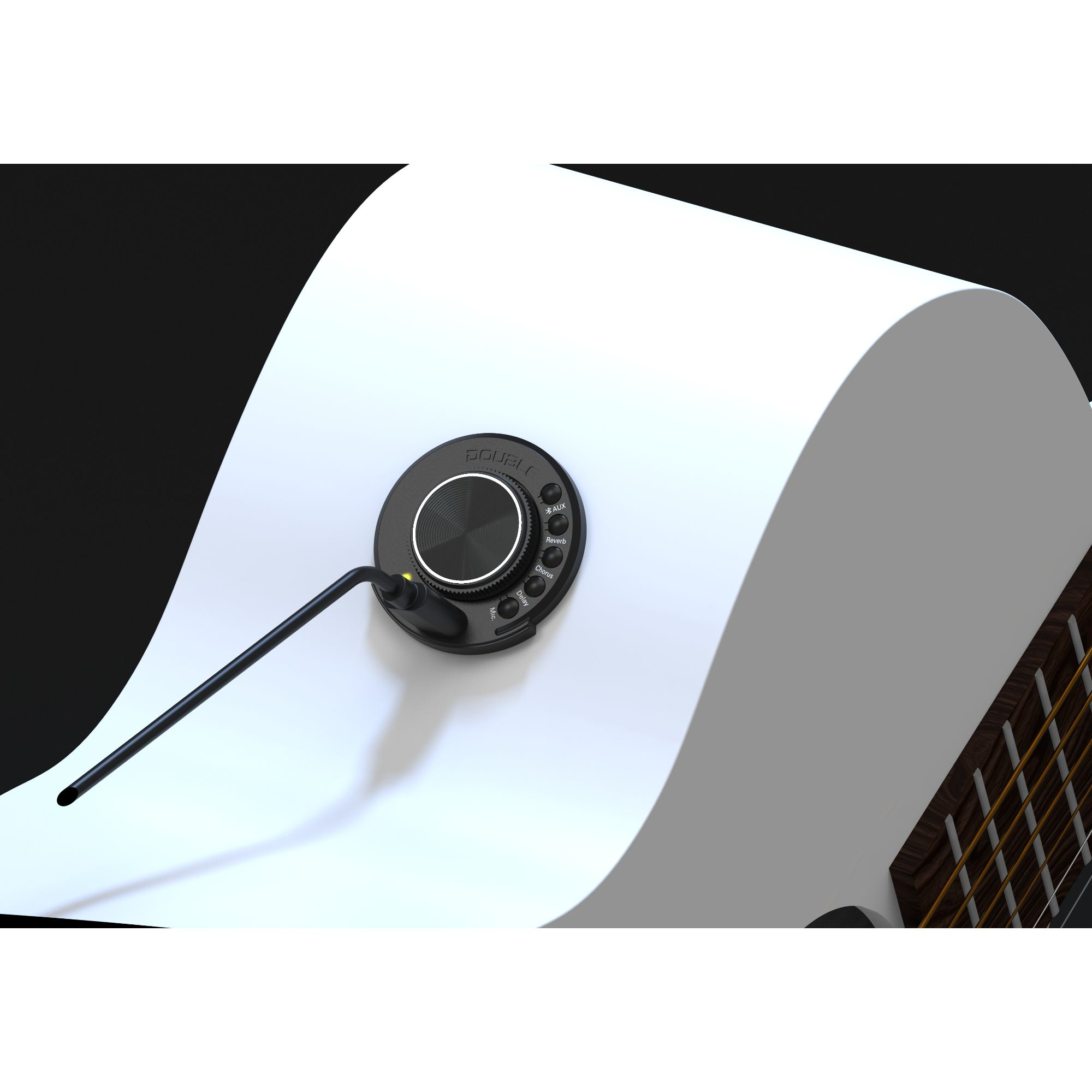
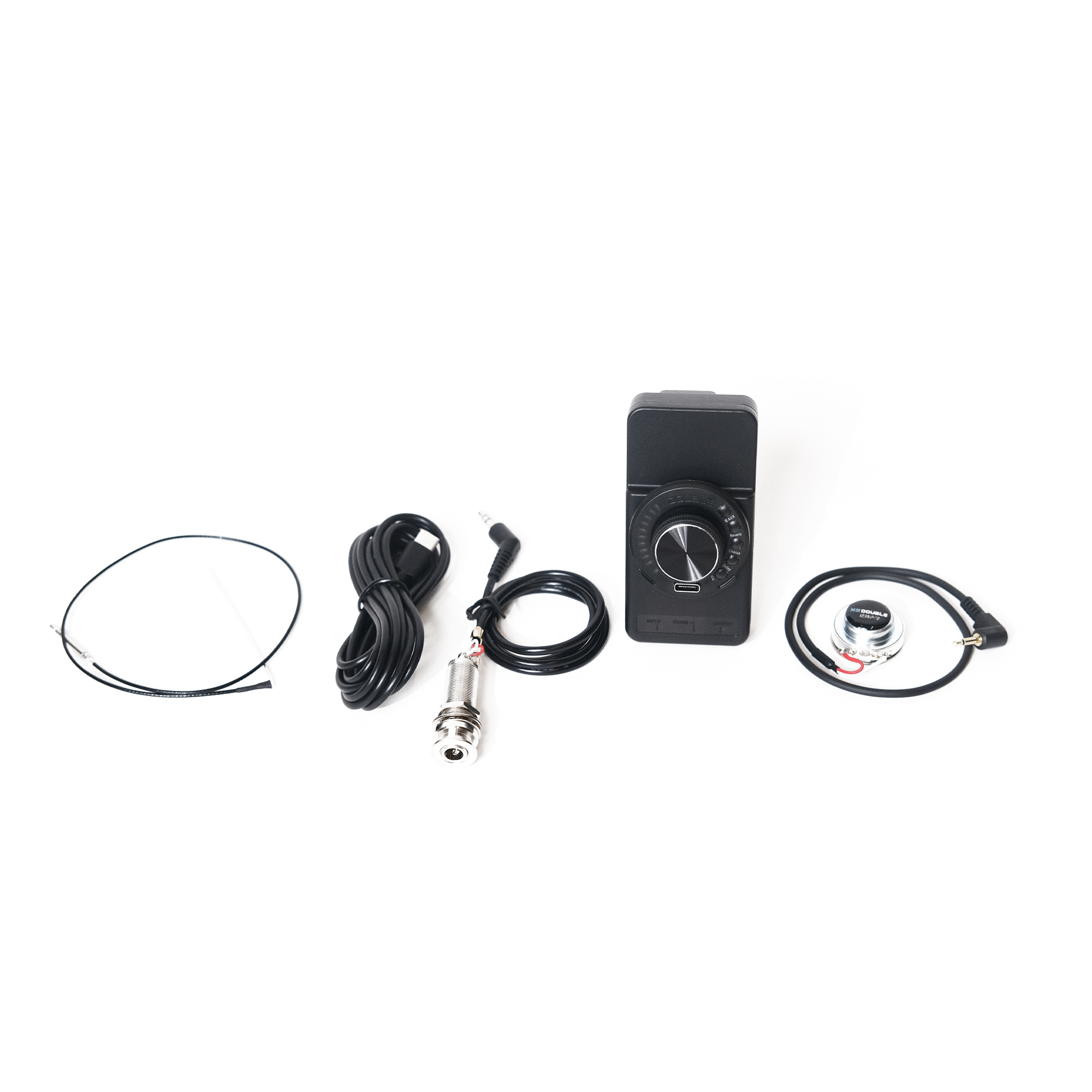

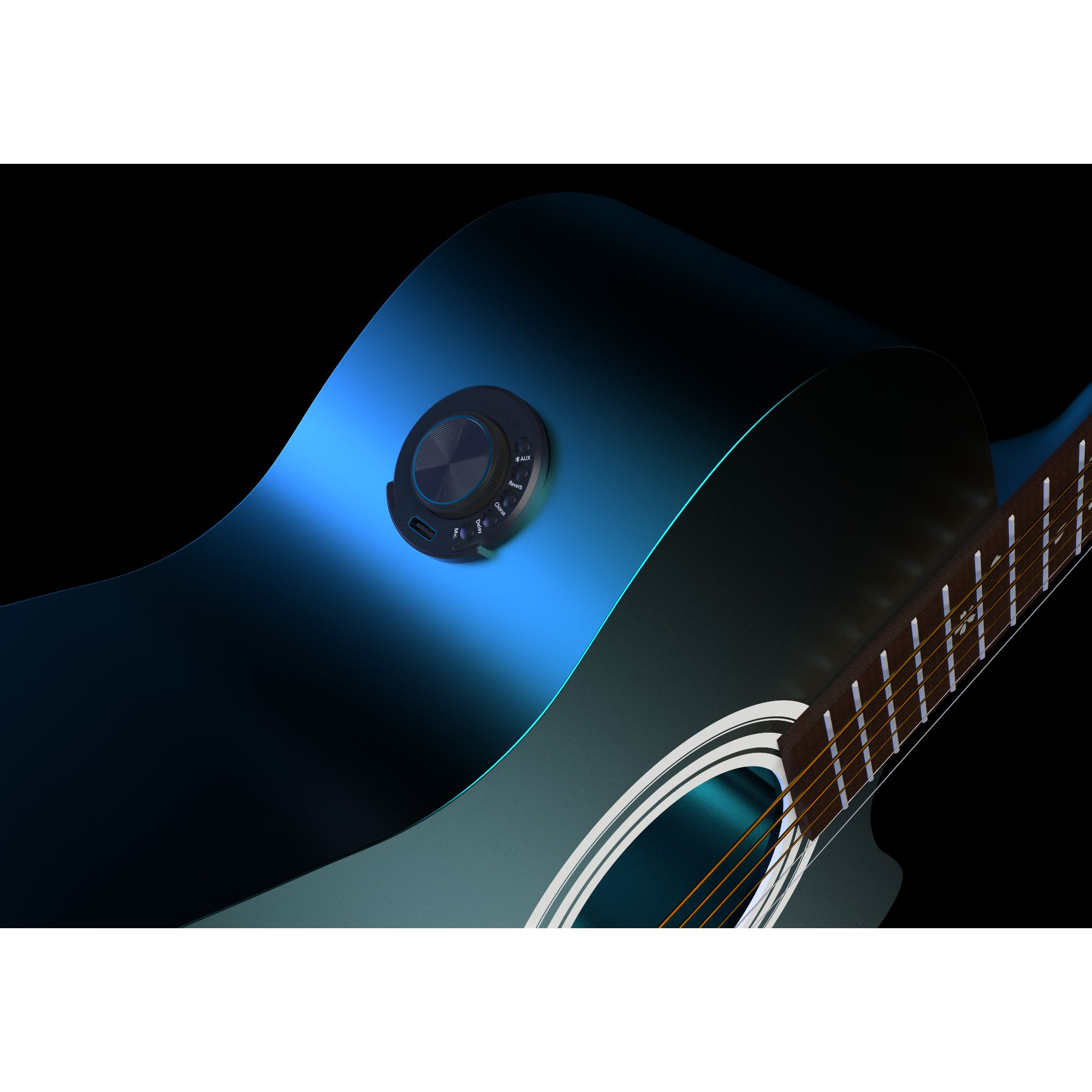
Onboard type SFT preamplifier for acoustic guitar;
Amazing live acoustic sound and effects both with and without
external amplification;
Undersaddle flexible pickup, microphone 2 channels input and
bluetooth AUX in;
A knob controls all functions in a minimalist style;
Master volume control and microphone level control;
Reverb, chorus and delay effect controls;
Dial lamp for controls indication;
TYPE C OTG active recording and charge port;
Trans level control.
Add a pick up of your choice
Add additional accessories with your order
Add a string set to your guitar , multiple Options available
Absolutely! Transacoustic guitars can be played like any regular acoustic guitar. When the effects are turned off, it functions just like a standard acoustic guitar, with the same feel and sound, making it versatile for all types of players.
Yes, transacoustic guitars feature a built-in pickup system, allowing you to plug them into an amplifier. This capability lets you amplify your sound during performances while using onboard effects like reverb, delay and chorus. The combination of natural acoustic tones and amplification offers a unique sound, making it an excellent choice for solo performances or jamming with others. This versatility enhances your live performances, making your music more engaging and dynamic.
The battery life of a transacoustic guitar depends on how often effects like reverb and chorus are used. Typically, it takes 3 to 4 hours to fully charge the battery, providing about 6 to 8 hours of playtime. However, the exact duration varies with the intensity of the effects and gain settings. Heavier use of effects will drain the battery faster, so it's advisable to recharge or replace it after extended sessions to ensure the effects function properly.